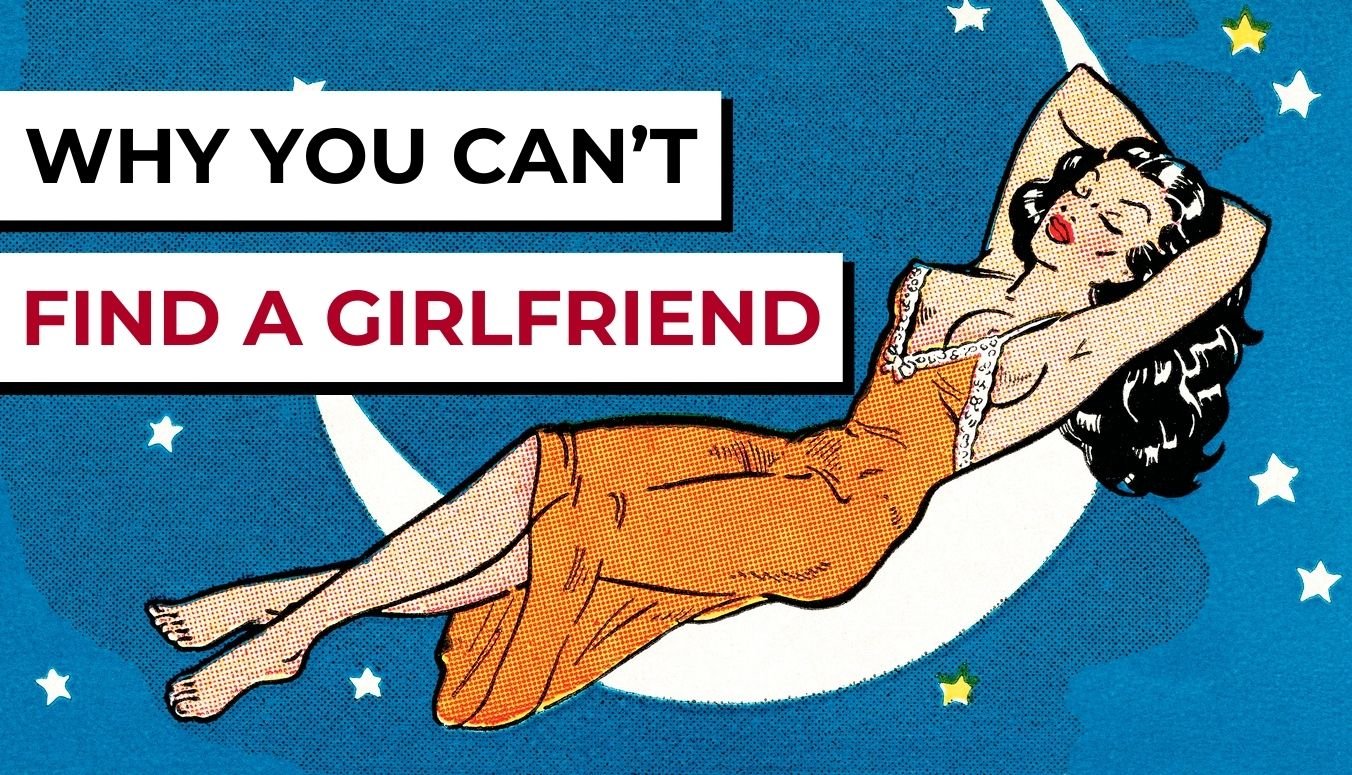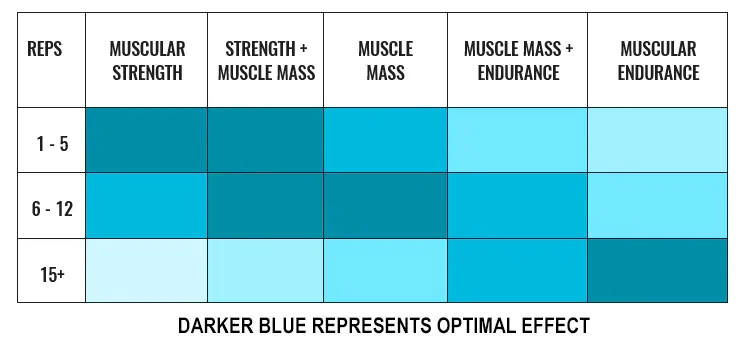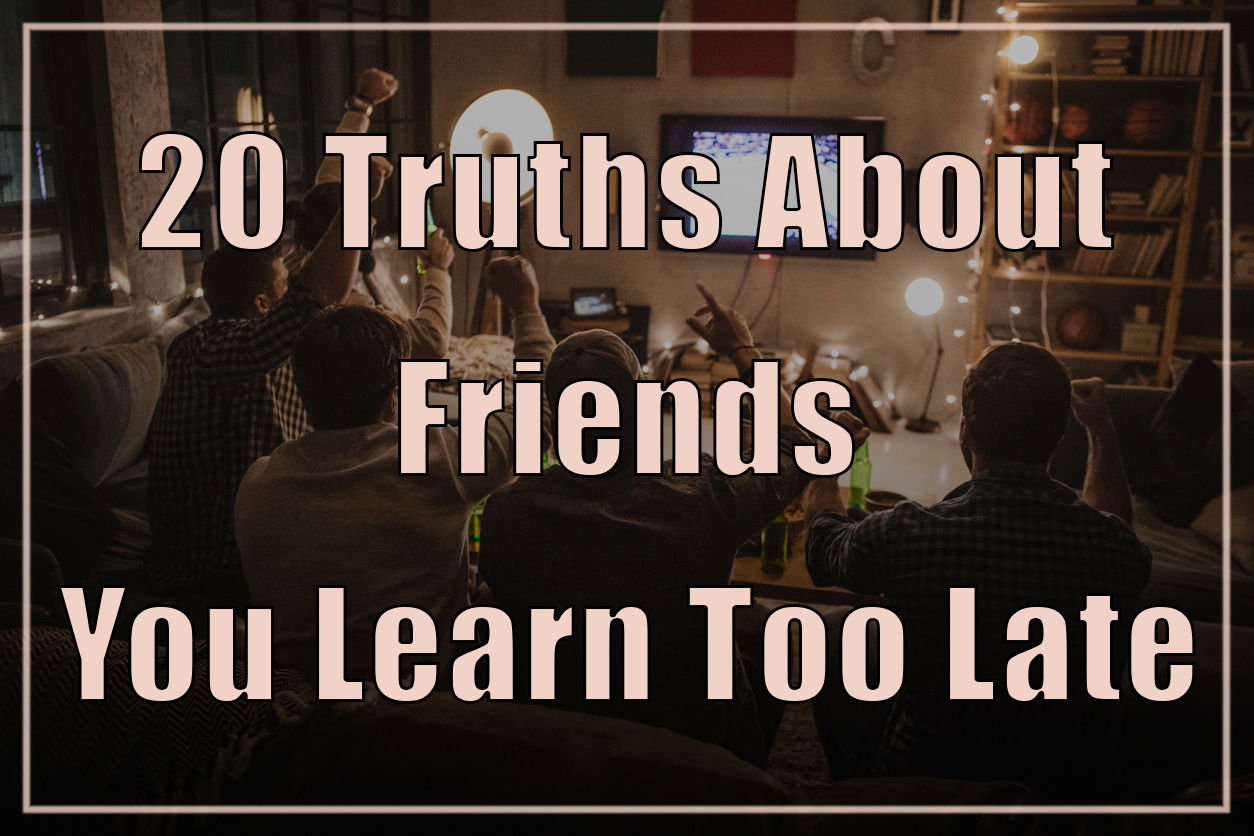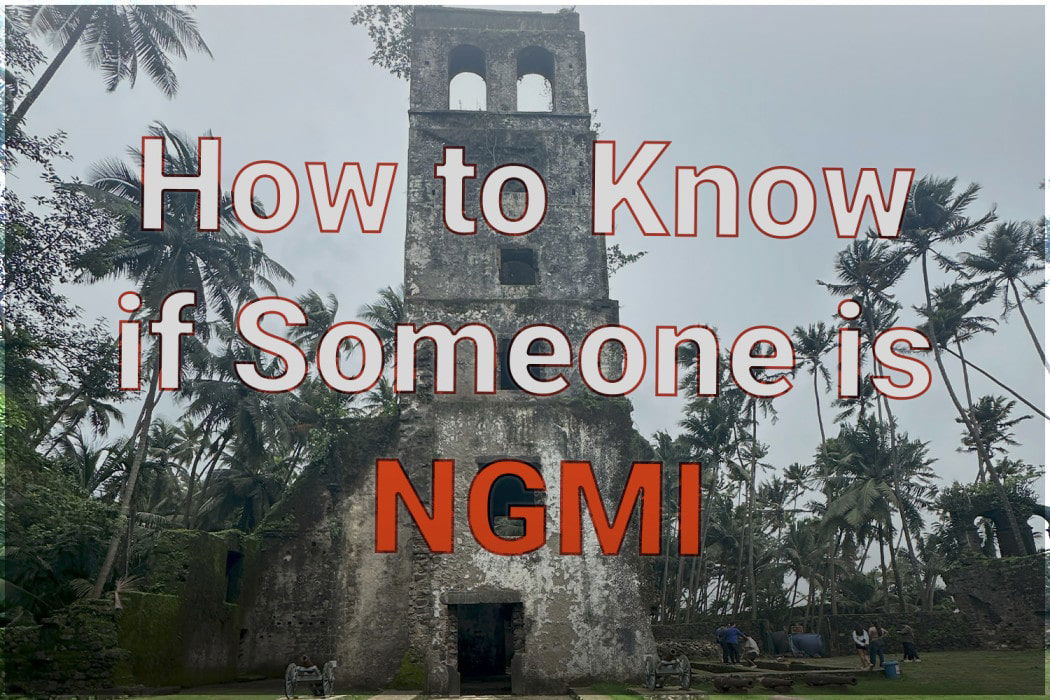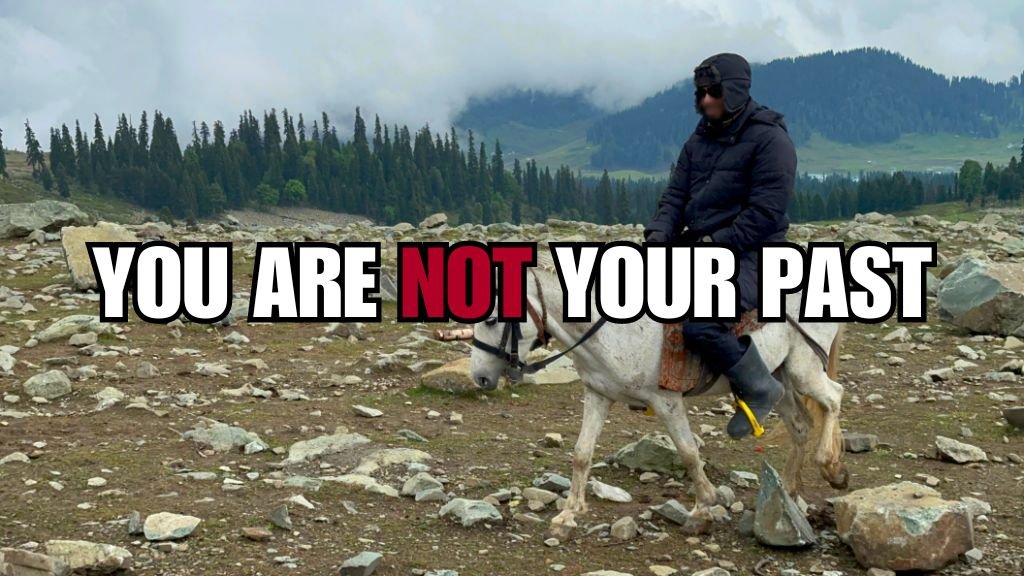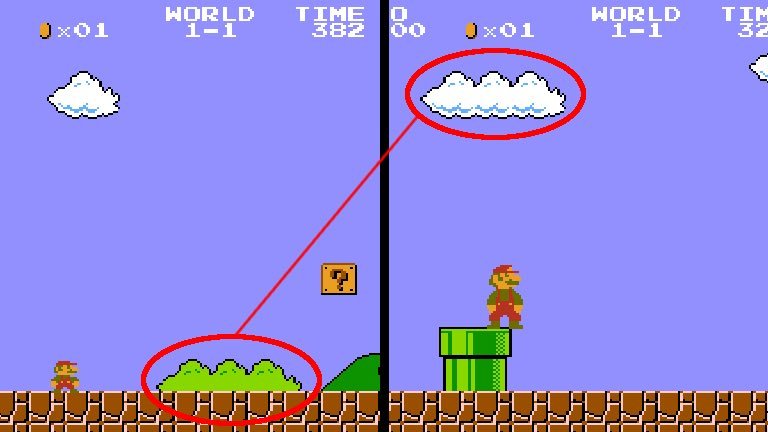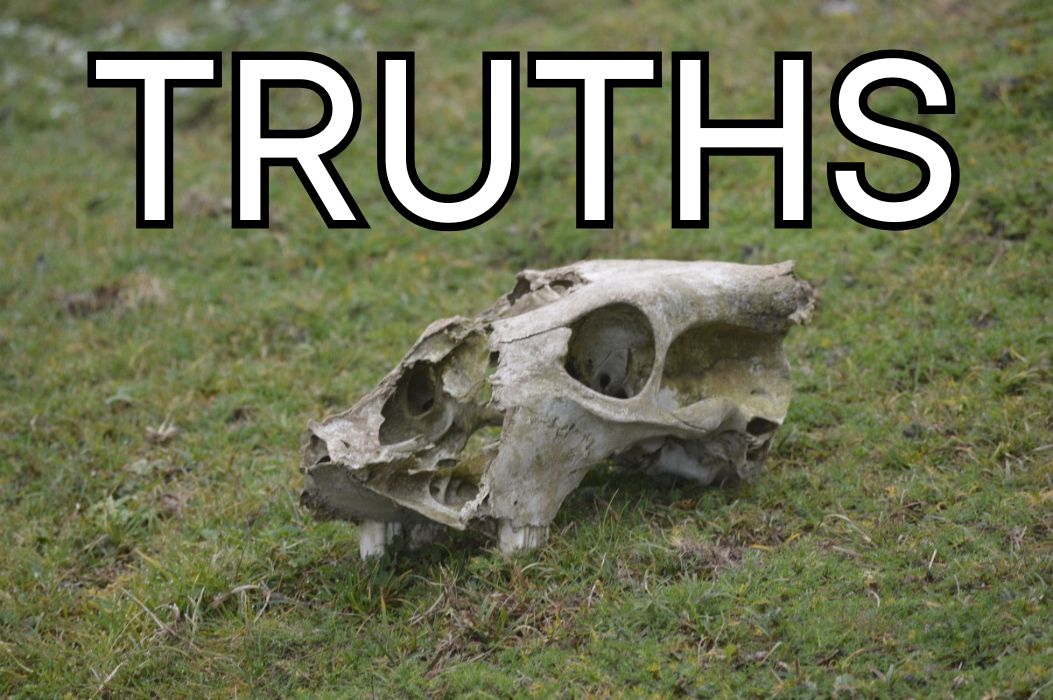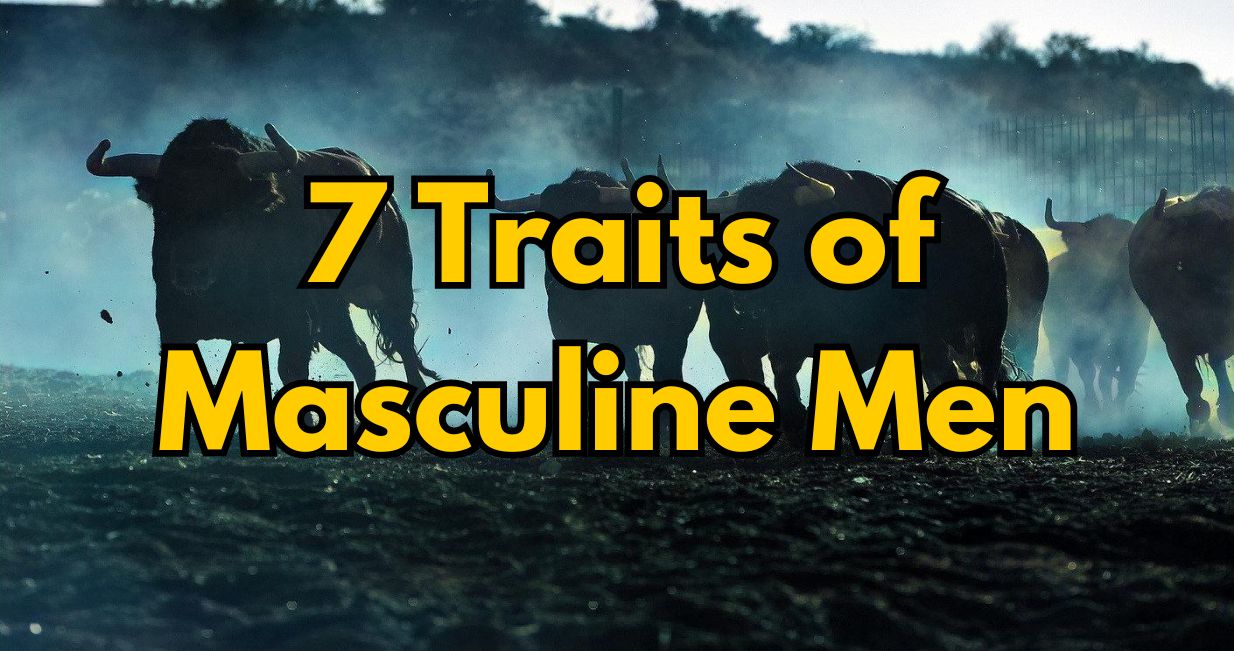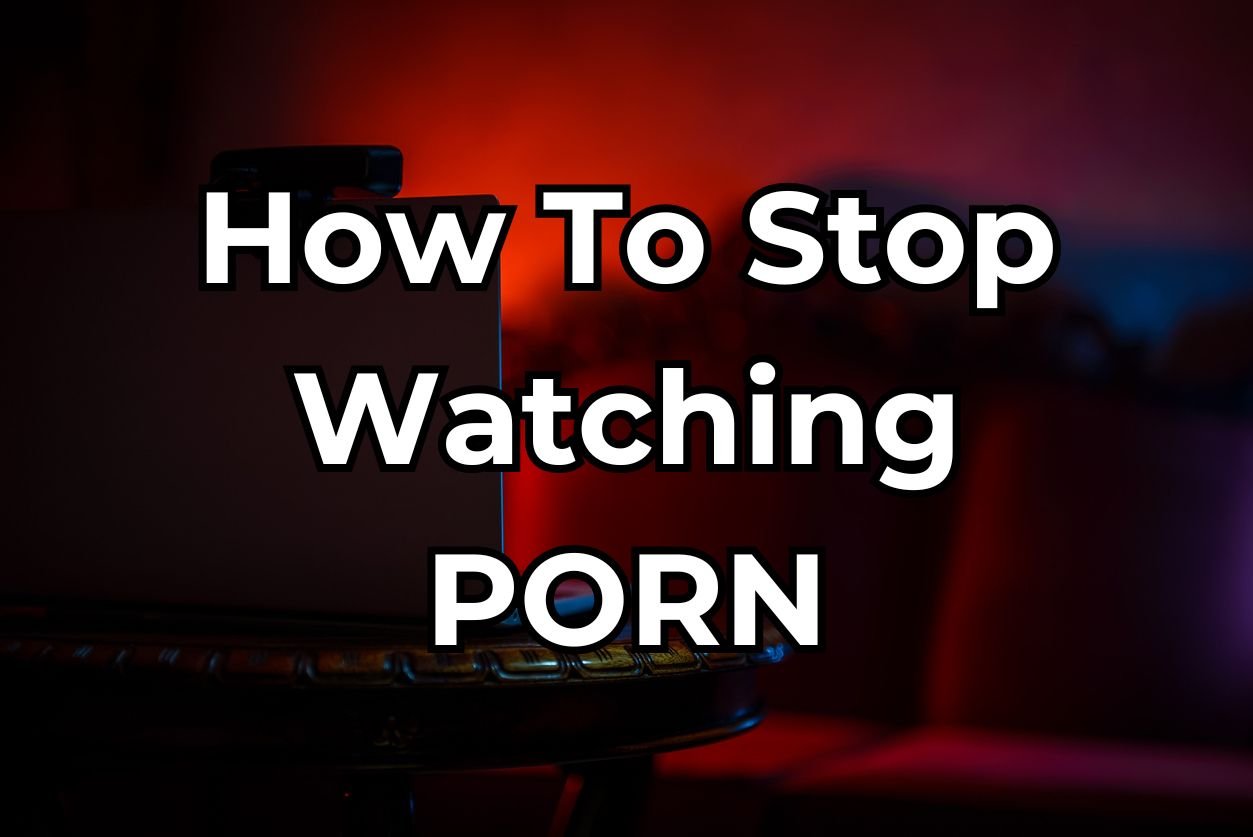Today, we have a guest post from Armani Talks! He’s a public speaker and at one point was the vice president of his local Toastmasters Club.
I spotted him consistently sending out quality tweets, and needless to say, I was intrigued.
I consider myself to be a good public speaker, but nowhere nearly as experienced as Armani!
So I asked him to write about the very essence of what makes speaking worth listening – interesting stories.
Below is Armani’s post. Hyperlinks have been added by me.
In today’s noisy world, it is more difficult than ever to get your message across.
With the rise of social media, digital apps & unlimited online resources, we can confidently say that we are living in the information age.
The information age has given us an abundance of resources that will always leave us well informed.
But despite this great achievement, there has been an alarming side effect.
The side effect is that concentration levels are at an all-time low. All this information has led us to vying for attention to get our message across.
So with all the information being presented out there in the world, how do you stick out?
Everyone else is following generic guides written by people with no experience with speaking (usually reworded from books written by similar people).
But is that your best option to make yourself unique?
Not quite.
Luckily, there is one solution.
This is a solution that has been around for centuries.
The answer to your problems is learning the art of the story.
Storytelling is an art form that has been around for many ages. If you think about it, the oldest tales that we are familiar with are older than everyone that we know.
Romeo & Juliet, Odyssey, Moby Dick just to name a few.
Today, I am going to help you get familiarized with this ancient art & give you a few tips to get started as well.
Let’s begin.
Why is a story so powerful?
A story is something that appeals to all types of humans. Doesn’t matter if you are a man or woman, young or old, from the Eastern or Western culture etc.
The point is that you will still be captivated by a story.
But why?
There are many theories as to why the story is such an effective means of communication for humans. Scientists have noted that our ancient ancestors used to tell stories to get their message across. The cave paintings are a perfect indication of that.
The reason that a story is so powerful is because it activates many elements of the human core. Let me explain.
A story hits your creative brain by taking you on a journey. You leave your daily life for a while to enter an imaginary world. By doing this, you are utilizing your imagination & creativity in the process.
Also, believe it or not, a story also hits your logical brain. All the stories that you have heard growing up have lessons hidden beneath them that can be applied directly to your daily life.
Once you have your right & left brain engaged, you are now fully immersed in the experience. Being immersed in an experience allows you to feel emotions as well.
Feeling emotions is crucial because it allows for you to tie a feeling with the message that you are being presented.
So to answer the question, why is a story so powerful? It is because your brain & heart are all engaged at once. Results? A very memorable, breathtaking experience.
How is a story delivered?
Now that we know why a story is important, the next question is, how is it delivered?
Well, the beauty of storytelling is the fact that it can be delivered in virtually any format. You can deliver it thru writing, audio, video, in person etc.
Examples:
If you are a writer, you can begin a storytelling blog.
If you are a speaker, you can begin a storytelling podcast.
If you love being in front of the camera, then start a storytelling YouTube channel.
At a party? Then tell a story in front of the group.
The point is that a story can be delivered anytime, anywhere & in many formats.
How to tell a good story?
Before beginning your storytelling journey, you want to make sure that you have the right mentality. By making the following mentality shift, you will produce much better quality material.
Transition your mindset from ‘telling a story’ to ‘taking the consumers on a journey.’
This small mentality shift is huge because now you are no longer explaining details in a robotic manner, but rather painting an imaginative experience with your creativity. The quality of your stories will rise & the consumers will be much more engaged in the process.
Storytelling Elements
Now that you have the mentality of a storyteller, let’s discuss 4 elements that all good stories have in common. These 4 elements are the fundamentals:
Theme: This is the main subject of the story. A story without a theme is one that feels aimless. Your theme serves as your north star as you develop your tale.
Characters: You want your characters to have depth. A story that simply introduces the characters without giving any form of backstory does not connect with the readers. When describing the backstory and the upbringing of your characters a few potential components to highlight are:
-Physical traits
-Strengths
-Flaws
-Desires etc
Bonus tip: You want to amplify the flaws of the protagonist. This allows your readers to empathize with them more, building a bond in the process. Also, you want to bring up a few strengths of the antagonist. This small trick makes the reader feel more invested in the story.
Settings: The settings is the place that the story is being held. Take some time to paint a picture of the settings for your consumers. By doing this, you create a more immersive experience for them.
Conflict: A conflict is what truly makes the story what it is. Without the conflict, there is no form of tension for the readers to be hooked onto. The conflict is the battle that your main character/s have to overcome. A few sample conflicts are:
-Protagonist vs. Antagonist – The tradition hero vs. villain story.
-Protagonist vs. themselves – This is when the main character is trying to overcome one of their internal conflicts. For example, the character struggles with speech anxiety & is looking for ways to tackle this fear.
-Protagonist vs. natural disaster – The iconic movie ‘Twister’ did a brilliant job with this conflict strategy. The movie is about a couple who is trying to create a weather alert system. But the only way they can do that is by placing themselves in the vicinity of very violent tornadoes. Main takeaway? Characters vs. the storm.
These are the basic elements that all good storytellers are able to nail in their story. By focusing on these few fundamentals, you will be able to build a narrative from there.
Live Demo Time
So now that you know a few elements of telling a story, let me give you an example of a bad story & a good story. We will analyze the story to see if it hits the 4 components that I mentioned above.
Let’s assume that the story is being told at a dinner table between a man & his date. The story will talk about how the person’s day went.
Story 1: ‘Hey so I went to the coffee shop today. I like coffee a lot. Coffee is something that I have been drinking since I was in college. When I went to the coffee shop, I stood in line. The line was long, so I pulled out my phone and began texting. I texted for a little and then went to scroll on the browser. Finally, the line moved and I got to place my order. I ordered a frappuccino because it tastes good. After I got the coffee I met an old friend that I did not see in a while. It was a fun day.’
Analysis: If you couldn’t guess it, this is an example of a story gone wrong. Why? Well, let’s break it down:
- Theme: There doesn’t seem to be a theme to this story. The person is just aimlessly babbling on about their day. They are describing their day more than taking the listener on a journey.
- Characters: The character in this story is an old friend. However, the storyteller does not bother describing any parts of the character. This would have been the perfect opportunity to bring up details like the physical attributes, behavioral type or what the conversation was about.
- Settings: We know that the story was in a coffee shop, and that’s about it. There is not much description of how the coffee shop looked or how the main character felt being there.
- Conflict: Last but not least, there is no conflict. It is simply a recollection of what happened. This is a story without any tension whatsoever.
The sad reality is that this is how many people tell stories. But if you can properly hit the 4 point formula that I mentioned above, then you will have a framework that puts you ahead of the herd. Let’s now go over a better story.
Story 2: ‘So I had the most unique encounter that I’ve had all week! Let me explain.
I woke up super hungover from the night before & decided I needed some coffee. When I went to the coffee house, it was PACKED with people. As I stood there in this massive line, I noticed something. From the flurry of people, there was this guy who was wearing the same exact shirt as me! He was somewhere in his 30s, 6 foot tall, muscular frame and Indian. I decided to spark up a conversation once I got my coffee.
The gentleman’s name was Rohit. We began talking about our matching outfits, but delved deeper from there. While we were talking, something seemed very strange, but I couldn’t quite put my finger on it. I decided to ignore my gut feeling & continued talking to him.
He began talking about how he recently moved to New York & was enjoying it. Then he transitioned into talking about his childhood. I tried my best to listen, but something still seemed off. It felt like my gut was trying its best to tell me something.
Rohit started telling me a story about his childhood best friend. They were best friends that would do everything together. Until one day, out of the blue moon, Rohit’s friend had to move because his dad got a job in New York. Rohit said he was heartbroken when he heard the news. But in order to keep each others memories alive, they decided to trade their prized action figures with one another.
And then it clicked! I was the boy from the story! I still have that action figure to this day. Now my gut feeling made much more sense. This was the same Rohit from my middle school. Today was the day that I was reunited with my best friend from 20 years ago.’
- Theme: The purpose of this story was mentioned in the first line. The story was about ‘the most unique day’ all week. That was enough to draw the listener in.
- Characters: This story describes a mystery man named Rohit who was wearing the same shirt as the main character. Plus, the storyteller takes some time to describe the other character’s age, ethnicity, height etc.
- Settings: This story is placed in a crowded coffee shop. This is enough to give the listener some details to imagine the scenery. Plus, the storyteller mentions that the story is in New York.
- Conflict: Last but not least, the conflict is an internal one. The main character is trying to have a conversation, but his gut has other plans in mind. This make the listener perk up their ears because they want to know what this gut feeling is all about.
This story is much more engaging than the first one because it hits the basics of the 4 step formula. The storyteller in this scenario is taking the listener on a mini journey rather than simply describing his day. This is enough to draw the listener in to temporarily leave reality to join the storyteller.
Although both stories are short, they contain a lot of information on what you should & should not do in terms of storytelling. Keep these examples in mind the next time you are telling a quick tale in a social setting.
An Everlasting Art
Storytelling is here to stay for the long run.
From our ancient ancestors to the present day, we have an abundance of stories.
But there are a few that will stand the time no matter what.
Once you add this mighty soft skill into your arsenal, you will immediately have a significant advantage over your peers. You will now have one of the mightiest communication methods in your talent stack.
The life of a storyteller is a fun one because it allows you to feel more connected with yourself & allows you to entertain and enlighten many people along the way.
Give it a try today & take your shot in creating your everlasting classic!
Harsh’s Comments: First, thanks to Armani for his guest post today. The internet is full of crappy articles about storytelling written by people who don’t know what they’re talking about. Needless to say, content written by people with lots of experience and skill will stand out.
Every society is built on a story, and those who can tell captivating stories will always lap those who can’t – whether it be a sales pitch or hitting on that girl at the bar.
Hope you guys enjoy it and apply it to level up your storytelling game.
Don’t forget to follow Armani on Twitter!
Wish you guys a very merry Christmas! I’ll be back to my regular posting schedule (Wednesdays) from next week.















